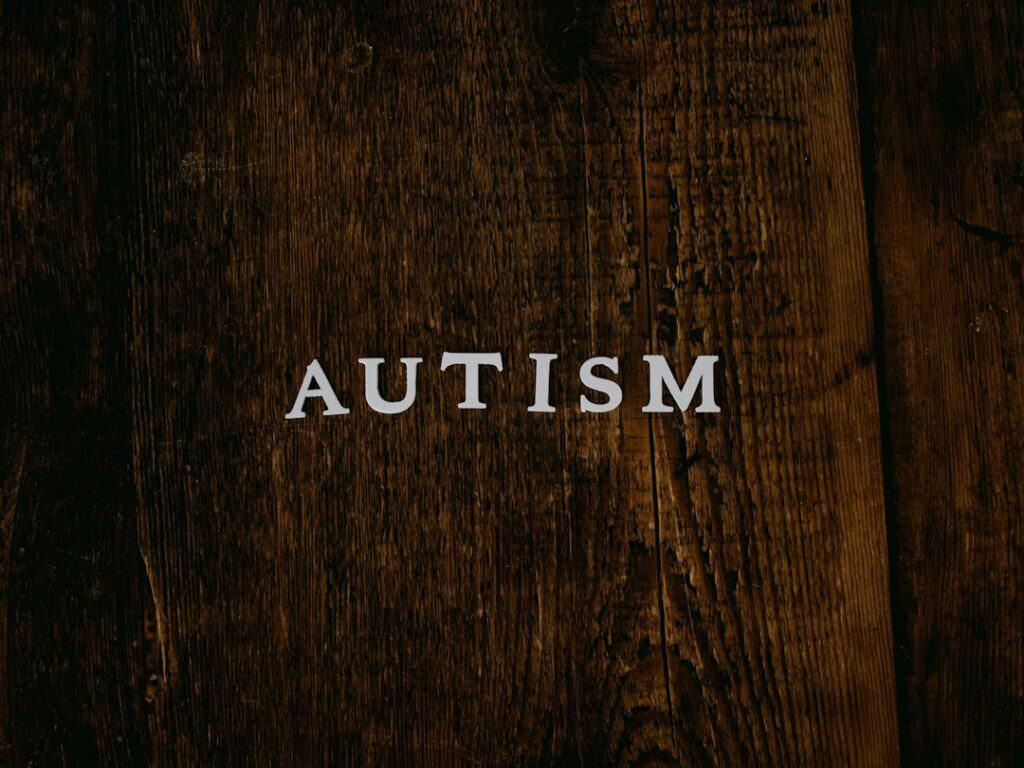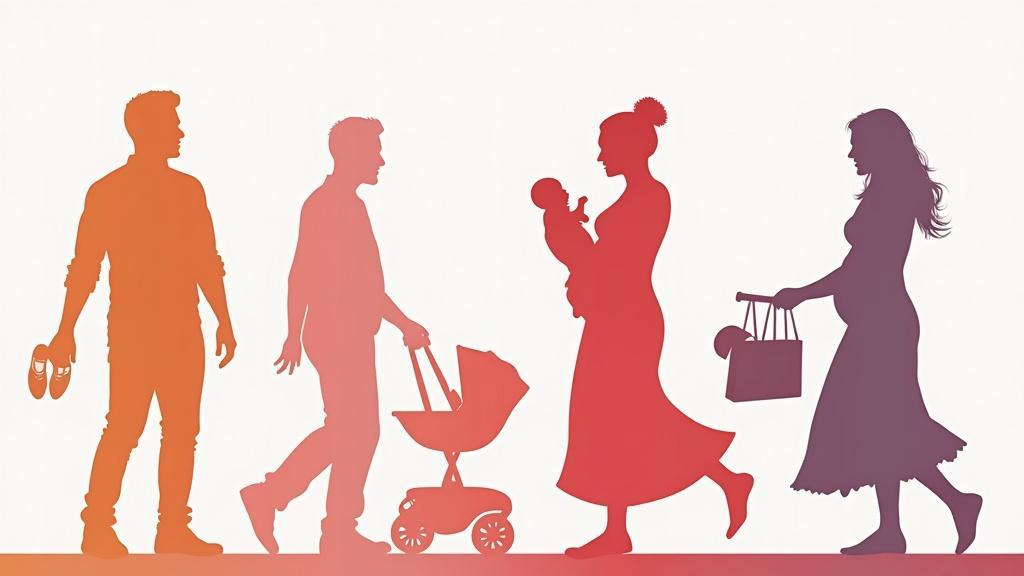Autism Spectrum Disorder (ASD) is a neurodevelopmental disorder that affects individuals in various ways. It is characterized by difficulties in social interaction, communication, and repetitive behaviors. Early detection and intervention are crucial for individuals with ASD to ensure they receive the support and resources they need to thrive.
Lack of Eye Contact
One common characteristic of individuals with ASD is a lack of eye contact during social interactions. Eye contact plays a vital role in communication and social connection. It helps individuals understand nonverbal cues, such as facial expressions and body language, which are essential for effective communication.
There are several strategies that can be used to improve eye contact in individuals with ASD. One approach is to use visual supports, such as social stories or visual schedules, to help individuals understand the importance of eye contact and when it is appropriate to use it. Another strategy is to gradually increase the amount of eye contact required during social interactions, starting with short periods and gradually increasing the duration over time. Additionally, using positive reinforcement, such as praise or rewards, can help motivate individuals to engage in eye contact.
Delayed Speech or Language Development
Delayed speech or language development is another common characteristic of individuals with ASD. Many children with ASD may not start speaking until later than their typically developing peers or may have difficulty with expressive language skills.
Early intervention is crucial for language development in individuals with ASD. Speech therapy can help improve communication skills and teach alternative forms of communication, such as sign language or the use of augmentative and alternative communication (AAC) devices. It is also important for parents and caregivers to provide a language-rich environment by talking to the child frequently, using simple and clear language, and providing opportunities for the child to practice their communication skills.
Repetitive Behaviors or Movements
Repetitive behaviors or movements are a hallmark feature of ASD. These behaviors can include hand flapping, rocking back and forth, or repeating certain phrases or words. These repetitive behaviors can serve as a way for individuals with ASD to self-regulate or cope with sensory overload.
There are various strategies that can be used to manage and reduce repetitive behaviors in individuals with ASD. One approach is to provide alternative sensory outlets, such as fidget toys or sensory breaks, to help redirect the individual’s need for repetitive movements. Another strategy is to teach replacement behaviors that serve the same purpose as the repetitive behavior but are more socially acceptable. For example, if a child engages in hand flapping when they are excited, they can be taught to clap their hands instead.
Difficulty with Social Interaction
Difficulty with social interaction is a core characteristic of ASD. Individuals with ASD may struggle with understanding social cues, making and maintaining friendships, and engaging in reciprocal conversations.
Improving social interaction skills in individuals with ASD involves teaching them specific social skills and providing opportunities for practice. Social skills training can include teaching individuals how to initiate conversations, take turns during conversations, and understand nonverbal cues. It is also important to create structured social opportunities, such as social groups or playdates, where individuals with ASD can practice their social skills in a supportive environment.
Sensory Sensitivity

Sensory sensitivity is another common feature of ASD. Individuals with ASD may be hypersensitive or hyposensitive to certain sensory stimuli, such as loud noises, bright lights, or certain textures.
Managing and reducing sensory sensitivity in individuals with ASD involves creating a sensory-friendly environment. This can include providing noise-canceling headphones or earplugs to reduce auditory stimuli, using dimmer lighting or natural light sources, and providing sensory tools such as weighted blankets or fidget toys. It is also important to gradually expose individuals with ASD to sensory stimuli that they find challenging in a controlled and supportive manner.
Lack of Interest in Toys or Play
Many individuals with ASD may have a lack of interest in toys or play activities. Play is crucial for overall development, as it helps children learn important skills such as problem-solving, creativity, and social interaction.
Promoting play in individuals with ASD involves finding activities that align with their interests and strengths. It is important to provide a variety of play materials and opportunities for exploration. Structured play activities, such as puzzles or building blocks, can help individuals with ASD engage in play in a more structured and organized manner. Additionally, providing social support during play, such as peer modeling or adult guidance, can help individuals with ASD learn how to engage in play with others.
Unusual Eating Habits
Unusual eating habits are common in individuals with ASD. These habits can include being selective about food textures or tastes, having rigid food preferences, or displaying ritualistic behaviors during mealtime.
Managing and improving eating habits in individuals with ASD involves creating a structured mealtime routine and providing a variety of food options. It is important to introduce new foods gradually and provide visual supports, such as visual schedules or social stories, to help individuals understand the expectations during mealtime. Occupational therapy can also be beneficial in addressing sensory issues related to eating.
Difficulty with Change or Transitions
Individuals with ASD often struggle with change or transitions. They may become anxious or upset when routines are disrupted or when they are faced with unfamiliar situations.
Managing and improving transitions in individuals with ASD involves providing predictability and structure. Visual supports, such as visual schedules or social stories, can help individuals understand what to expect during transitions. It is also important to provide ample warning and preparation time before a transition occurs. Gradually exposing individuals to new situations or changes can also help them become more comfortable and adaptable.
Unusual Sleep Patterns
Unusual sleep patterns are common in individuals with ASD. They may have difficulty falling asleep, staying asleep, or have irregular sleep-wake cycles.
Managing and improving sleep patterns in individuals with ASD involves creating a consistent bedtime routine and providing a calming environment. It is important to establish a regular sleep schedule and limit exposure to stimulating activities, such as screens, before bedtime. Creating a sensory-friendly sleep environment, such as using blackout curtains or white noise machines, can also help promote better sleep.
Lack of Emotional Response
Individuals with ASD may have difficulty expressing or recognizing emotions. They may have limited facial expressions or struggle to understand the emotions of others.
Promoting emotional expression in individuals with ASD involves teaching them about emotions and providing opportunities for practice. Social stories or visual supports can be used to help individuals understand different emotions and how they are expressed. It is also important to provide a supportive and accepting environment where individuals with ASD feel safe to express their emotions.
Early detection and intervention are crucial for individuals with ASD to ensure they receive the support and resources they need to thrive. By addressing the various challenges associated with ASD, such as lack of eye contact, delayed speech or language development, repetitive behaviors or movements, difficulty with social interaction, sensory sensitivity, lack of interest in toys or play, unusual eating habits, difficulty with change or transitions, unusual sleep patterns, and lack of emotional response, individuals with ASD can lead fulfilling lives and reach their full potential.
FAQs
What is autism?
Autism, or Autism Spectrum Disorder (ASD), is a developmental disorder that affects communication, social interaction, and behavior.
What are the early signs of autism in babies and newborns?
Some early signs of autism in babies and newborns include delayed or absent babbling, lack of eye contact, not responding to their name, and delayed or absent social smiling.
When do the signs of autism typically appear?
The signs of autism typically appear before the age of 3.
Can autism be diagnosed in babies and newborns?
Autism can be diagnosed in babies and newborns, but it is usually diagnosed around the age of 2.
What should I do if I suspect my baby has autism?
If you suspect your baby has autism, you should talk to your pediatrician or healthcare provider. They can refer you to a specialist who can evaluate your baby and provide a diagnosis.
Is there a cure for autism?
There is no cure for autism, but early intervention and therapy can help improve communication, social interaction, and behavior.
What kind of therapy is available for babies and newborns with autism?
Some therapies that may be helpful for babies and newborns with autism include speech therapy, occupational therapy, and behavioral therapy.



